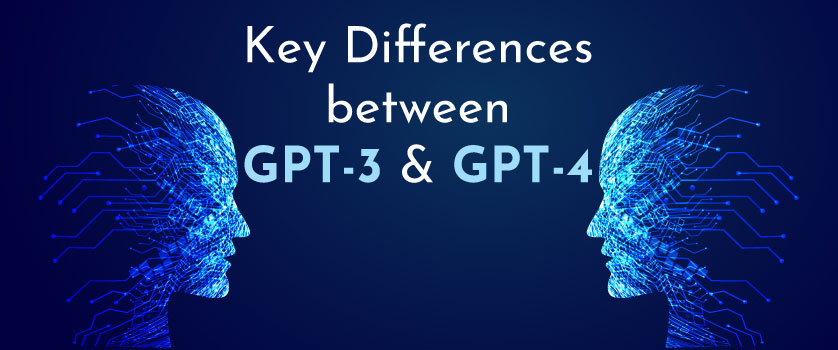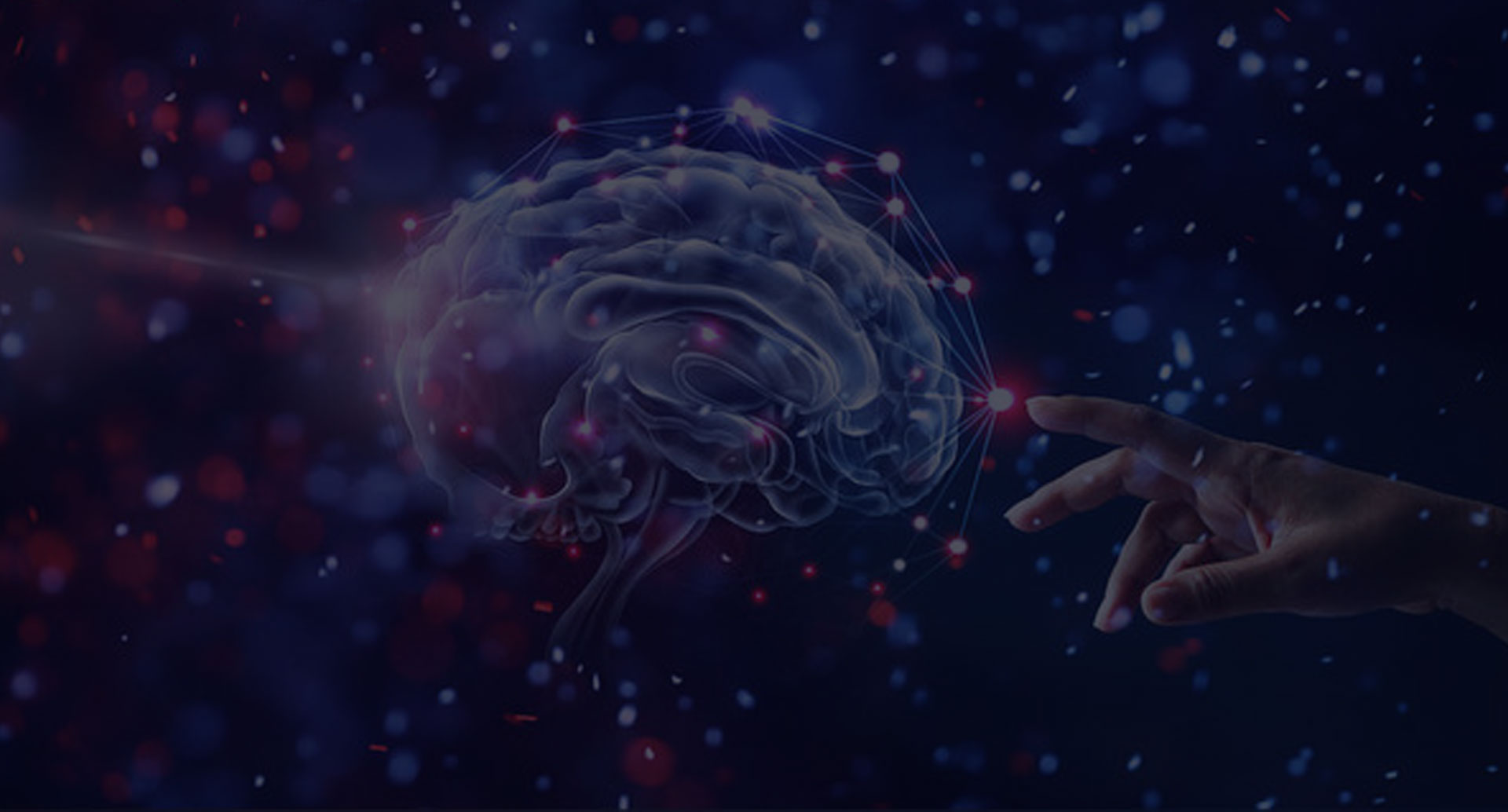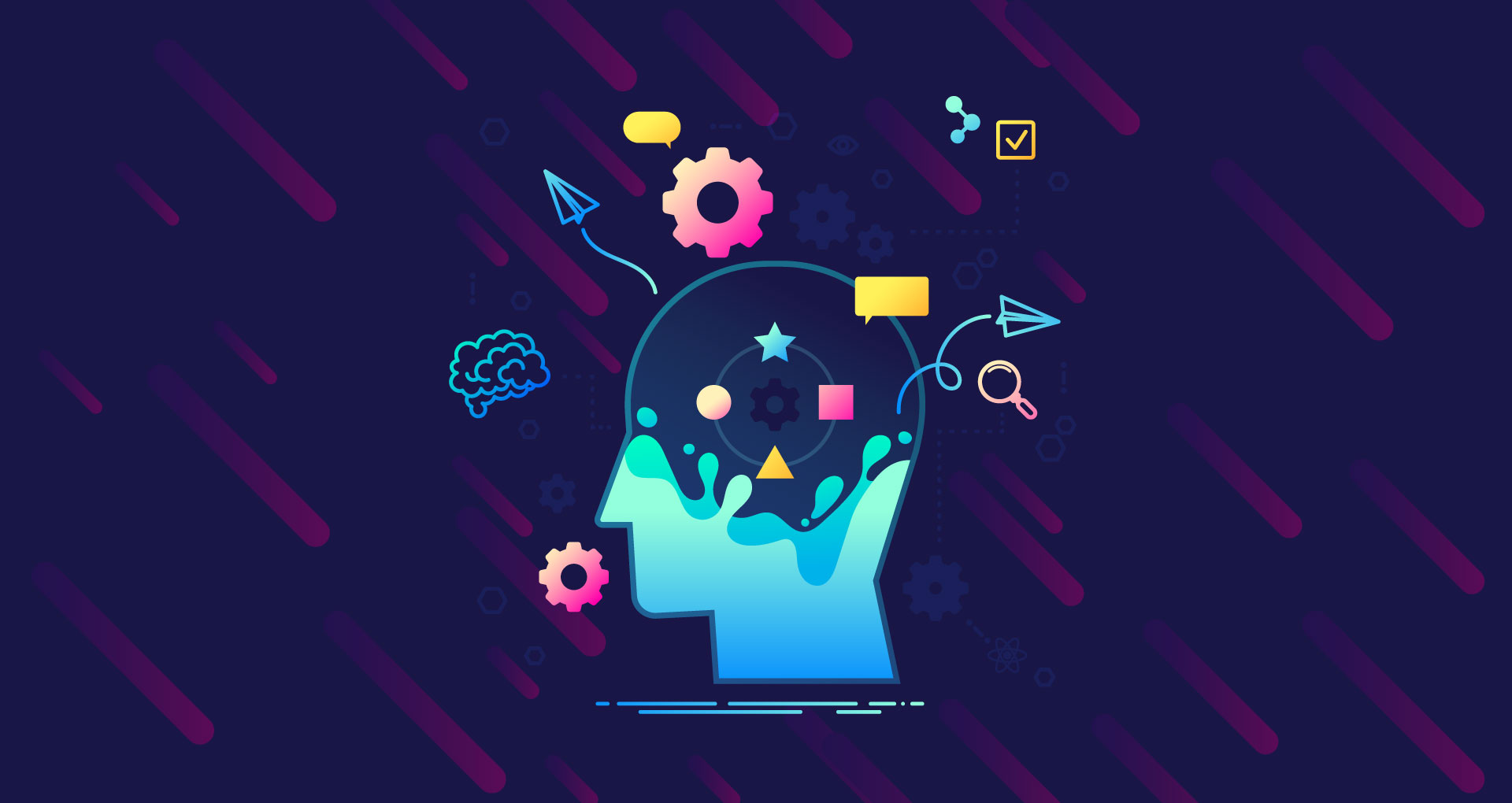
Anshul Jain
December 29, 2023
Artificial intelligence has witnessed remarkable growth in natural language processing, and powerful language models are at the forefront of this revolution. Since the release of Generative Pre-trained Transformer (GPT)-1 by OpenAI in June 2018, the world of AI has changed entirely as it showcased a drastic enhancement in natural language processing. Then came GPT-2 in February 2019, which had many improvements from its predecessor and had 1.5 billion parameters.
OpenAI shook the world in June 2020 when they officially unveiled GPT-3, which had unprecedented capabilities in understanding and generating human-like text. After making several changes and learning from the previous versions of GPT, OpenAI finally released GPT-4 in March 2023, which promises even more incredible advancements like heightened language understanding, improved context retention, and a more sophisticated approach to generating human-like text, sparking a new chapter in the book of language models. But what are the significant changes between the claimed two best versions of GPT? Let’s find out.
Background of GPT-3
GPT-3 represents a pinnacle in the development of transformer-based language models. With a staggering 175 billion parameters, it boasts a massive architecture that enables it to comprehend and generate diverse text forms. The model’s architecture is built upon the transformer framework, allowing for efficient processing of contextual information and delivering state-of-the-art performance in various natural language processing tasks.
Evolution to GPT-4
The journey from GPT-3 to GPT-4 represents a leap forward in the architecture of language models. GPT-4 builds upon the foundation laid by its predecessor, introducing refinements and innovations that enhance its capacity for language understanding and generation. The architectural improvements in GPT-4 aim to address limitations observed in GPT-3, paving the way for more nuanced and contextually aware interactions.
Key Differences between GPT-3 and GPT-4
According to OpenAI, GPT-4 has been a significant upgrade from GPT-3 in several ways. This section delves deeper into the comparison between the two, examining how GPT-4’s advancements translate into tangible benefits over its predecessor.
-
Scale and Scope
-
GPT3
GPT-3 utilized 175 billion parameters, a Transformer architecture with 12 layers, and 2048 hidden units per layer. This enables efficient information processing and text generation, handling tasks like summarizing news articles or translating languages. However, challenges persist in handling complex contextual nuances, leading to occasional inaccuracies and misunderstandings.
-
GPT-4
GPT-4 boasts a whopping 1.5 trillion parameters, employing a more complex Transformer-XL architecture with 32 layers and 16384 hidden units per layer. With this vastly increased scale, GPT-4 gains deeper contextual understanding, capturing subtle nuances in relationships between words and sentences. GPT-4’s advanced mechanisms contribute to a better grasp of subtle contextual cues, addressing some of the limitations observed in GPT-3.
-
GPT3
-
Training Data
-
GPT3
GPT-3's training data comprises an extensive corpus of diverse sources, including OpenAI Codex and WebText, contributing to its broad language understanding. The model’s massive size enables it to capture a wide range of linguistic patterns and information.
-
GPT-4
In the evolution to GPT-4, the most significant change in training data has been the addition of multimodal capability. The training data involves images, videos, audio, and simulated sensory experiences. Alongside text and code, GPT’s latest version can accept images and emits text output.
-
GPT3
-
Reasoning Capabilities
-
GPT3
Employs attention mechanisms and knowledge retrieval techniques to process information and generate text. While adept at following instructions and producing creative outputs, GPT-3’s reasoning capabilities are limited to logical inference within the context of its training data.
-
GPT-4
Building upon the foundation of GPT-3, GPT-4 showcases notable advancements in reasoning capabilities. It leverages a more sophisticated reasoning system incorporating factual knowledge bases, external information sources, and advanced reasoning algorithms. GPT-4 is designed to excel in intricate reasoning tasks, offering improved performance in scenarios that demand deep and complex contextual comprehension.
-
GPT3
-
Bias and Fairness
-
GPT3
GPT-3, like many large language models, is not exempt from biases present in its training data. The model inherits and reflects biases embedded in the diverse sources from which it learns. While efforts have been made to reduce bias during training, the sheer scale and complexity of GPT-3 can lead to unintended biased outputs. This poses challenges in ensuring fairness, especially in sensitive or context-dependent applications.
-
GPT-4
There is a heightened focus on mitigating bias and enhancing fairness. OpenAI has implemented more sophisticated strategies to identify and minimize biases present in both training data and the model’s responses. GPT-4 incorporates advanced techniques including bias-aware training and explicit bias reduction, to provide more contextually appropriate and fair outputs. The commitment to ethical AI practices in GPT-4 underscores a dedication to minimizing biases and promoting fairness.
-
GPT3
-
Human-Machine Interaction
-
GPT3
GPT-3 has showcased remarkable capabilities in human-machine interaction, enabling natural and contextually relevant conversations. Its expansive knowledge base and language generation abilities make it proficient in understanding user queries and providing coherent responses. However, challenges may arise in situations that demand deeper contextual understanding or precise communication, where GPT-3 may exhibit limitations.
-
GPT-4
The refined architecture and improved contextual understanding of GPT-4 contribute to more nuanced and accurate responses. Moreover, the multimodal understanding and reasoning capabilities can understand user emotions through facial expressions and voice tone. As a result, GPT-4 offers a more sophisticated and satisfying user experience, particularly in scenarios requiring a deeper level of comprehension.
-
GPT3
-
Factual Grounding
-
GPT3
With its extensive knowledge base derived from diverse sources, GPT-3 exhibits commendable factual grounding capabilities. However, limitations may arise when faced with complex or specialized domains where the model may need more deep expertise. It relies primarily on statistical patterns within its training data, leading to outputs that may only sometimes be factually accurate.
-
GPT-4
Through refined attention mechanisms and improved contextual understanding, GPT-4 demonstrates more accurate factual information. Incorporating factual knowledge bases and external evidence sources gives outputs a significantly higher likelihood of being grounded in reality.
-
GPT3
-
Creativity and Open-Endedness
-
GPT3
The ability to produce relevant and coherent responses across a multitude of domains by GPT-3 has been widely recognized as it excels in tasks that require creative thinking. On the other hand, it may exhibit occasional limitations in maintaining a consistent theme or understanding subtle nuances in highly abstract or complex creative tasks.
-
GPT-4
Unlike GPT-3, its successor is designed to focus on open-endedness and explore possibilities beyond its training data. The model employs advanced algorithms that empower it to generate surprising outputs, distinguishing itself from merely producing variations on existing patterns. This augmentation expands its creative potential significantly, allowing GPT-4 to excel in tasks such as generating original stories and poems rather than merely mimicking current styles.
-
GPT3
What’s Next for GPT?
Since its official release, GPT-4 has been the talk of the show due to its immense features. Soon after its release, people were looking for what’s next in line for OpenAI, and the answer could be GPT4.5 or GPT4.5 Turbo, none of which has yet been confirmed by OpenAI or anyone else. There have been many speculations since an OpenAI memo leaked online outlining pricing and technical specifications for a model labeled GPT-4.5 Turbo. Apart from that, some rumors are circulating regarding the next GPT version.
- The model size of GPT4.5 is expected to be a massive 64 trillion parameters.
- It may come with expanded capabilities, including audio and speech processing, vision, and 3D printing calculations.
- Access to various enhanced features like advanced bias mitigation and safety tools.
- Some speculate that GPT-4.5 might possess even more advanced capabilities than those outlined in the leaked document.
These are just rumored features based on a leaked document, and it’s crucial to treat them with a healthy dose of skepticism until officially confirmed by OpenAI. Till now, OpenAI has debunked the leaks and claims of a surprise release. The best thing to do is wait for an official announcement from OpenAI to get a clear picture of the actual capabilities and plans for GPT-4.5.
The journey from GPT-3 to GPT-4 represents a monumental leap in the landscape of language models, marking a significant evolution in scale, capability, and ethical considerations. GPT-4, with its massive 1.5 trillion parameters, not only dwarfs its predecessor in sheer size but also introduces groundbreaking advancements in reasoning capabilities, bias mitigation, and multimodal understanding. As we contemplate the future, speculation surrounds the potential release of GPT-4.5 or GPT-4.5 Turbo, with rumored features including a colossal 64 trillion parameters, expanded capabilities in audio and speech processing, vision, and 3D printing calculations. The future promises continued advancements, shaping the following chapters in the even-evolving sage of AI language models.




